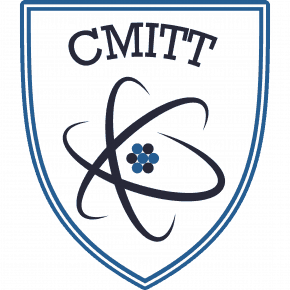![[18F]3F4AP in human subjects. A Representative whole-body maximum intensity projections of a male and a female participant at different time points. B Representative brain images of a male and a female participant.](https://gordon.mgh.harvard.edu/cmitt/wp-content/uploads/2023/04/259_2022_5980_Fig2_crop.png)
Demyelination is the loss or damage of the protective myelin sheath around nerve fibers, occurring in multiple sclerosis, traumatic brain and spinal cord injuries, stroke, and dementia. The Brugarolas lab within CMITT and the Gordon Center for Medical Imaging has developed a PET radiotracer, [18F]3F4AP, that targets voltage-gated potassium (K+) channels and has shown promise for imaging demyelinated lesions in animal models of neurological diseases. They have recently published results on the first in human studies, where they looked at the radioactivity distribution and estimated the radiation dose to major organs.
The imaging was well tolerated by the four subjects and there were no significant changes in vitals or adverse effects. The team found that 18F-3F4AP enters the brain and is safe for use in humans, with an acceptable level of radiation dose throughout the body.
The next step will be pursuing two initial clinical studies to investigate its value for imaging multiple sclerosis, traumatic brain injury, mild cognitive impairment, and Alzheimer’s disease.
P Brugarolas, et. al. “Human biodistribution and radiation dosimetry of the demyelination tracer [18F]3F4AP”. Eur J Nucl Med Mol Imaging. 2023 Jan;50(2):344-351.
